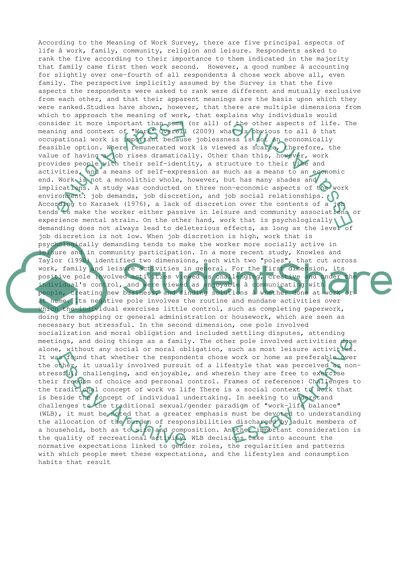Cite this document
(“Employment and Society Essay Example | Topics and Well Written Essays - 1750 words”, n.d.)
Retrieved from https://studentshare.org/business/1430122-employment-and-society
Retrieved from https://studentshare.org/business/1430122-employment-and-society
(Employment and Society Essay Example | Topics and Well Written Essays - 1750 Words)
https://studentshare.org/business/1430122-employment-and-society.
https://studentshare.org/business/1430122-employment-and-society.
“Employment and Society Essay Example | Topics and Well Written Essays - 1750 Words”, n.d. https://studentshare.org/business/1430122-employment-and-society.


